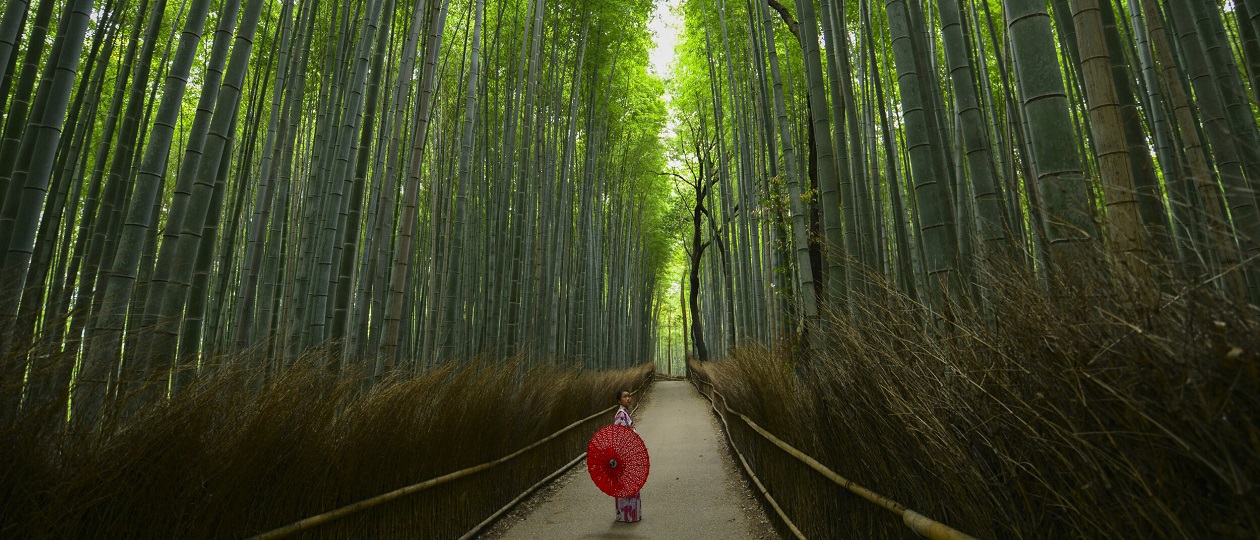
Shinto is undeniably a religion unique to the Japanese people.
It is a natural religion born and nurtured in the Japanese islands, unlike Buddhism or Christianity, which are world religions that have come to Japan from foreign countries. Certainly we cannot deny the influences on Shinto from Buddhism, Confucianism, or Chinese culture. Their influences on Shinto have been very distinctive, particularly in the area of language.
This is so because from the third century onwards the influence of foreign cultures led to the introduction of a written script, and with that a grammatical structure and a system of philosophical reasoning. This is why it is often said that Shinto has no identity of its own — that it is simply a combination of influences from outside countries. Others say that Shinto is just old Japanese manners and customs.
Many foreigners visiting Japan are moved when they witness the traditional festivals and visit the shrines. So they naturally ask, “what is the meaning of this?” Usually they end up getting ambiguous answers, such as “we are doing this because we have always done this — this is our ancestral tradition.” Or they might simply be told that “we are supposed to do this,” without any reason being offered for exactly why.
So it is not unusual to find Shinto characterized as merely a series of manners and customs. Inquirers quickly discover that most Japanese don’t have a clear way of explaining Shinto’s view of the world or what Shinto really is. Shinto, however, certainly has its own way of thinking and feeling as well as its own distinctive world view that cannot be adequately contained within the western concept of religion. Underneath an array of expressions that ostensibly have no pattern, Shinto is filled with a rich world of faith.
This aspect of Shinto, I believe, makes it especially worthy of consideration in a modern age when religion, in its conventional forms, has lost much of its attraction and influence. What, therefore, is Shinto?
In order to answer that question, we need to immerse ourselves deeply into the Shinto world, particularly koshinto, the original form of Shinto, its ancient spirit, which has remained unchanged by either historical or political manipulation.
According to the Western conception of religion, a religion typically has a founder, a doctrine, precepts or commandments, and objects of worship, such as symbols or idols.
Shinto, by contrast, has none of these. This makes it radically different from religion as it is now commonly understood.





